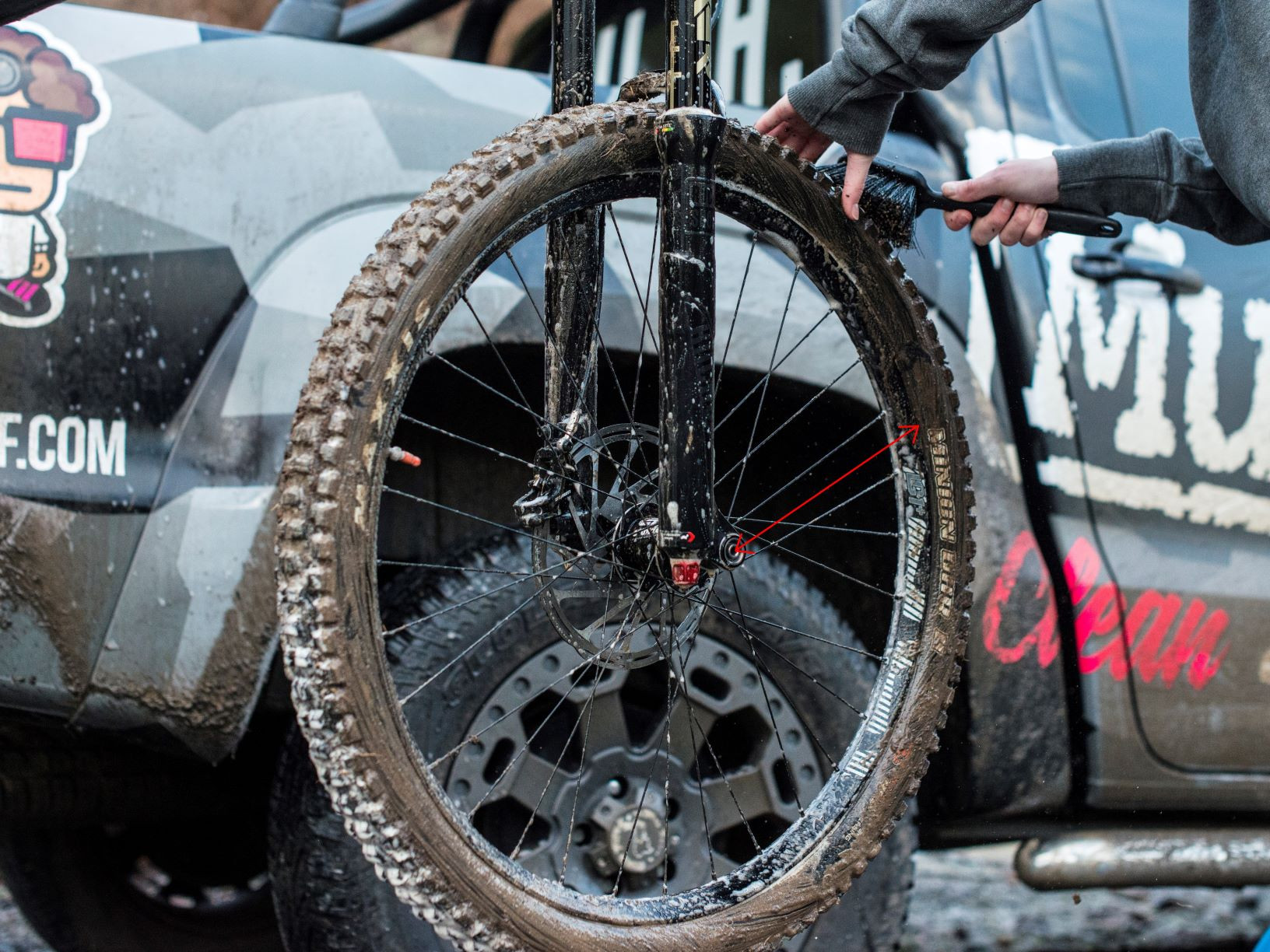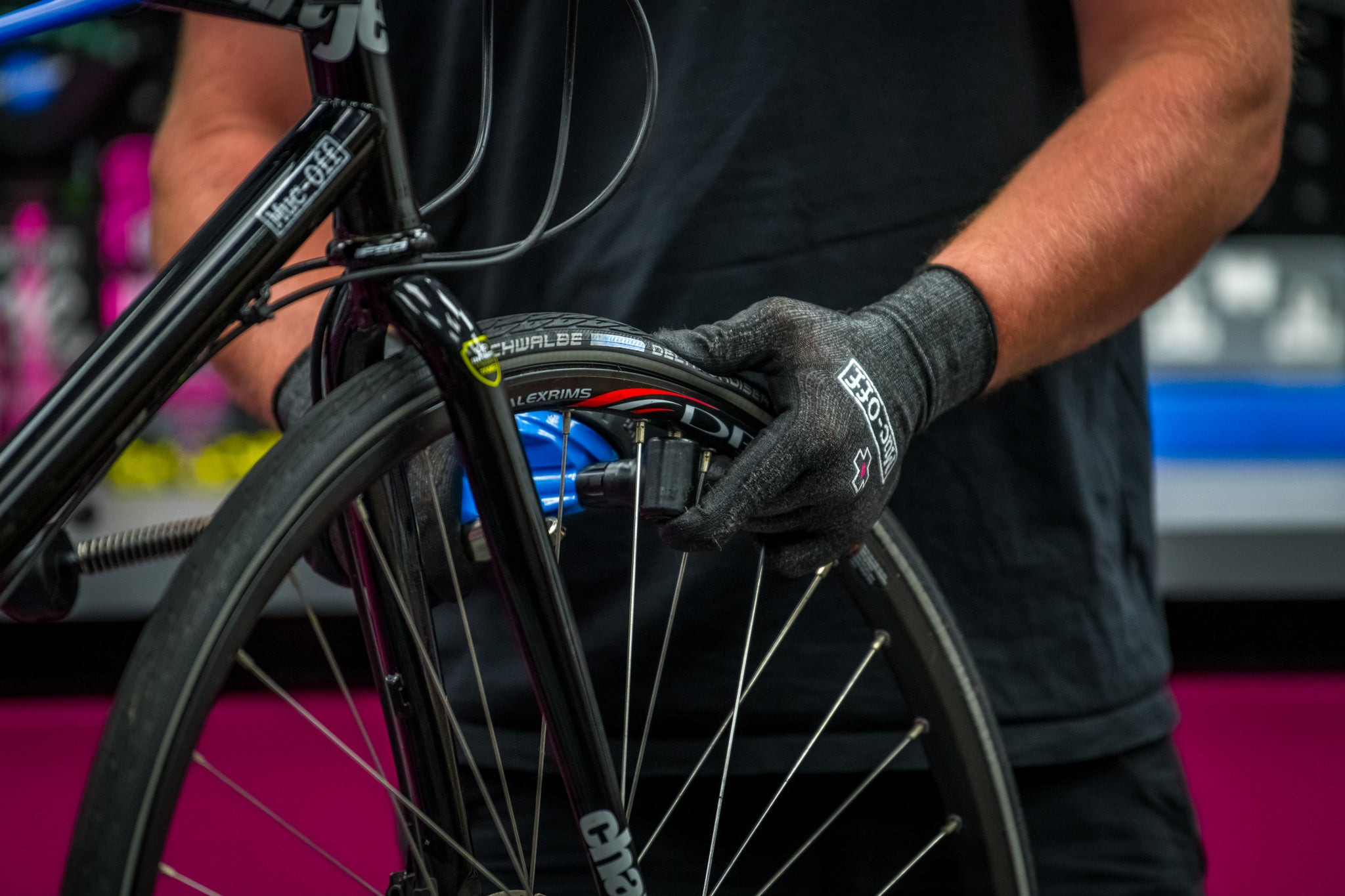Understanding bike wheel sizes can initially feel like navigating a maze of numbers and terms. You’ve likely encountered terms like 26 inch, 650b, 700c, and 29er, especially when looking at new bikes or replacement parts. But what do these measurements really mean, and more importantly, how do you figure out your own bike wheel size? This guide will demystify bike wheel sizing and provide you with a straightforward method to measure your bike wheels accurately.
Decoding Bike Wheel Size Standards
Bike wheels are measured using different systems depending on the type of bike. Primarily, we see two main approaches: the imperial inch system, commonly used for mountain bikes, and the ISO (International Organization for Standardization) system, which uses millimeters and is prevalent for road bikes.
Mountain Bike Wheel Sizes (Inches)
For mountain bikes (MTB), wheel sizes are traditionally expressed in inches, representing the approximate outer diameter of the tire. For a long time, 26-inch wheels were the industry standard. However, the landscape has evolved, and now 27.5-inch (also known as 650b) and 29-inch (29er) wheels are increasingly popular, offering different ride characteristics and advantages on trails.
 Mountain bike wheel with knobby tire, illustrating typical MTB wheel type, relevant for understanding 26, 27.5, and 29 inch sizes.
Mountain bike wheel with knobby tire, illustrating typical MTB wheel type, relevant for understanding 26, 27.5, and 29 inch sizes.
Road Bike Wheel Sizes (ISO)
Road bike wheels typically use the ISO system, indicated in millimeters. The most common road bike wheel size is 700c. You might also come across 650b or 650c, particularly on smaller frames or older bikes. The ‘c’ in 700c, 650c, and ‘b’ in 650b refer to historical tire sizing standards, but for practical purposes today, focus on the numerical part.
 Road bike wheel with slick tire and valve, demonstrating a typical road bike setup for 700c measurement context.
Road bike wheel with slick tire and valve, demonstrating a typical road bike setup for 700c measurement context.
Locating Your Bike Wheel Size
Before you grab a measuring tape, there are a few places on your bike where the wheel size is often indicated:
- Rim Stickers: Many wheel manufacturers print the wheel size directly on stickers adhered to the rim itself. Look closely for markings – they might be subtle.
- Tire Sidewall: The tire sidewall is another prime location. Tire sizes are always printed here, and they often include the wheel diameter as part of the size specification (e.g., 700x25c, 27.5×2.2).
- Frame or Fork: If your bike is new, the manufacturer might have size information stickers on the frame or fork, especially near the wheel area.
- Manufacturer’s Website/Manual: If you still can’t find it, checking the bike manufacturer’s website or your bike’s manual (if you have it) will usually provide the wheel size specification for your model.
If these quick checks don’t reveal your wheel size, don’t worry! Measuring it yourself is a simple process.
Step-by-Step Guide: Measuring Your Bike Wheel Size (ISO Method)
For accurate measurement, especially using the ISO system, you’ll need to measure the wheel’s radius and then use a conversion chart. Here’s how:
- Measure the Radius: The ISO measurement is based on the diameter at the tire bead seat of the rim. However, a simple way to approximate this is to measure from the center of the hub to the outside edge of the rim. This is the radius. You can do this while the wheel is on the bike or removed.
- Double the Radius: To get the diameter, simply double the radius measurement you just took.
- Use the Conversion Chart: Once you have the approximate diameter (ideally in millimeters, or convert inches to millimeters), refer to the size guide below to identify your wheel size.
 Diagram illustrating how to measure bike wheel radius from the center of the hub to the outside of the rim for ISO sizing.
Diagram illustrating how to measure bike wheel radius from the center of the hub to the outside of the rim for ISO sizing.
Bike Wheel Size Chart and Conversion
This chart provides a general guide for common bike wheel sizes, linking ISO measurements to both MTB (inch) and Road bike designations:
| ISO Diameter (mm) | Approx. Inches (MTB) | Road Bike Size | Common Usage Notes |
|---|---|---|---|
| 305 | 16″ | Children’s bikes, folding bikes | |
| 406 | 20″ | BMX bikes, some folding bikes | |
| 507 | 24″ | Larger children’s bikes, some older MTBs | |
| 559 | 26″ | 650c | Classic MTB size, smaller road bikes |
| 584 | 27.5″ | 650b | Modern MTB, some touring bikes |
| 622 | 29″ | 700c | Standard modern MTB (29er), standard road bike |
Note: The “Approx. Inches (MTB)” column is an approximation because the inch measurement for mountain bikes is a nominal size that includes the tire. The ISO measurement is the crucial rim diameter.*
Key Points to Remember About Bike Wheel Sizes
- 27.5″ vs 650b: In the mountain biking world, 27.5 inch wheels and 650b are interchangeable terms referring to the same wheel size.
- 29″ vs 700c: While technically the 29″ MTB wheel and 700c road wheel share the same ISO diameter (622mm), you’ll rarely hear mountain bikers refer to their 29″ wheels as 700c, and vice versa for road cyclists. The tire and rim widths are very different between these types of bikes.
- Smaller Sizes: 24-inch wheels are commonly found on larger children’s bikes and dirt jump bikes. 20-inch wheels are standard for BMX bikes. 16-inch and smaller wheels are typically seen on smaller children’s bikes and folding bikes.
- Tire Width: Wheel size is just one part of the equation. You’ll often see tire sizes specified with width as well, for example, ‘700 x 25c’ (road bike – 700c diameter, 25mm width) or ‘27.5 x 2.3’ (MTB – 27.5 inch diameter, 2.3 inch width). The width significantly impacts ride feel and performance.
Knowing how to measure your bike wheel size is a fundamental skill for any cyclist. Whether you’re replacing a tire, upgrading wheels, or just understanding your bike better, this guide equips you with the knowledge to confidently identify and measure your bike’s wheel size.

